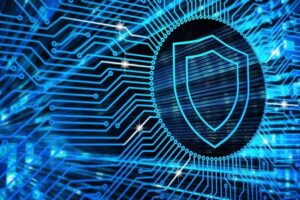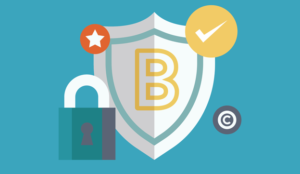Introduction:
In today's technology-driven world, organizations heavily rely on software applications to streamline operations and drive productivity. However, managing software assets and ensuring they are up-to-date with the latest patches can be a daunting task. In this blog, we explore the combined power of Software Asset Management (SAM) and Patch Management to help organizations optimize their IT infrastructure, improve security, and maximize the value of their software investments.
Software Asset Management: Unlocking Efficiency and Compliance
Software Asset Management (SAM) is the practice of effectively managing and optimizing software assets throughout their lifecycle. It involves acquiring, tracking, and maintaining an inventory of software licenses, ensuring compliance with licensing agreements, and optimizing software usage. SAM enables organizations to streamline software procurement, reduce costs, and mitigate legal and financial risks associated with non-compliance.
Benefits of SAM:
Cost Optimization: SAM helps organizations identify and eliminate unused or underutilized software licenses, resulting in significant cost savings. By gaining visibility into software usage patterns, organizations can make informed decisions about license procurement, renewals, and software consolidation.
Compliance and Risk Management: Maintaining compliance with software licensing agreements is crucial to avoid legal and financial repercussions. SAM ensures organizations stay in compliance by tracking license entitlements, monitoring usage, and identifying potential risks of non-compliance.
Vendor Relationship Management: SAM enhances vendor relationship management by providing accurate data on software licenses and usage. This enables organizations to negotiate favorable licensing agreements, optimize software contracts, and build strong partnerships with software vendors.
Patch Management: Strengthening Security and Stability
Patch Management is the process of regularly updating software applications and operating systems with the latest security patches, bug fixes, and performance enhancements. It is a critical component of cybersecurity strategy, as vulnerabilities in software can be exploited by threat actors to gain unauthorized access or compromise systems.
Benefits of Patch Management:
Enhanced Security: Applying timely patches helps organizations stay ahead of emerging threats and protects systems from known vulnerabilities. Patch management reduces the risk of data breaches, malware infections, and other cyber attacks, ensuring the security and integrity of critical assets.
Improved Stability and Performance: Patches not only address security vulnerabilities but also fix bugs and improve the stability and performance of software applications. By keeping software up-to-date, organizations can optimize system performance, minimize downtime, and enhance user experience.
Regulatory Compliance: Compliance with industry-specific regulations often requires organizations to maintain up-to-date software with the latest security patches. Patch management ensures organizations meet regulatory requirements, preventing potential fines and reputational damage.
The Synergy of SAM and Patch Management:
When combined, SAM and Patch Management create a powerful synergy that optimizes IT infrastructure, minimizes risk, and maximizes the value of software investments. By integrating SAM and Patch Management processes, organizations can:
Ensure License Compliance: SAM provides visibility into software usage, enabling organizations to track and manage software licenses effectively. Patch Management ensures software remains up-to-date, reducing the risk of non-compliance due to outdated or unsupported software versions.
Streamline Software Updates: SAM helps organizations identify software versions and track patch levels across the IT infrastructure. Patch Management processes leverage this information to ensure timely deployment of patches, reducing vulnerabilities and enhancing security.
Optimize Software Lifecycle: SAM enables organizations to make informed decisions about software procurement, usage, and retirement. Patch Management ensures that software stays secure and up-to-date throughout its lifecycle, maximizing its value and minimizing security risks.
Conclusion:
Effective management of software assets and regular patching are critical to maintaining a secure and optimized IT infrastructure. By implementing Software Asset Management and Patch Management processes, organizations can streamline software procurement, optimize license usage, enhance security, and ensure regulatory compliance.












